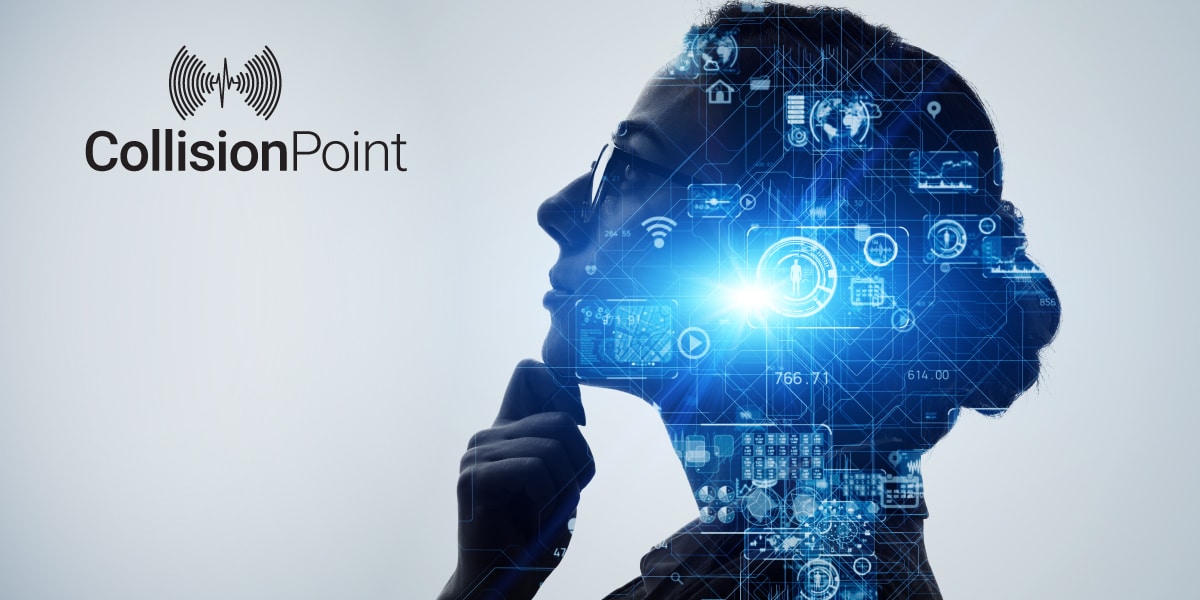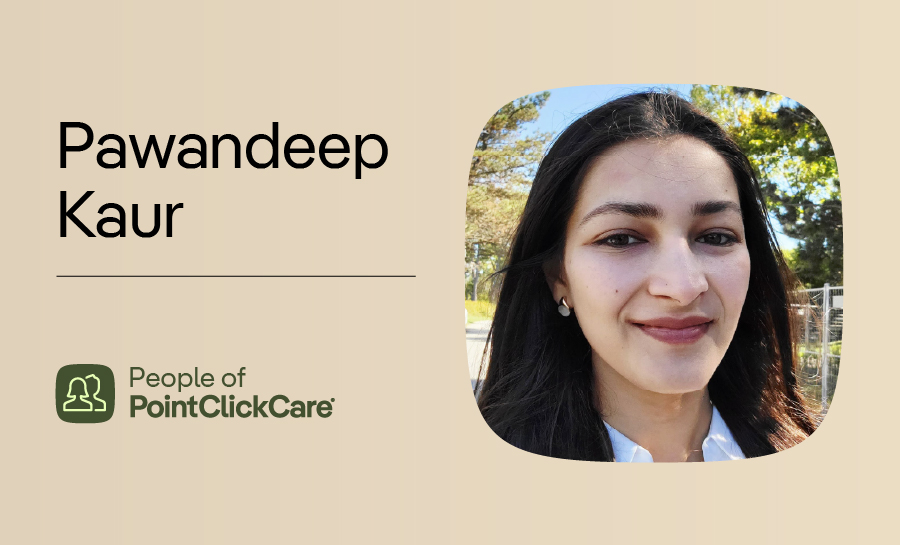Digital health systems are producing incredible amounts of valuable patient data for analysis and discovery. This data trove is revolutionary, research-ready and primed to drive transformational change.
In the latest episode of PointClickCare’s podcast, Collision Point, our own Murry Mercier, the Industry Market Leader for Senior Care at PointClickCare, and Jeff Wessinger, Vice President and General Manager of PointClickCare’s Life Sciences division, are joined by Dr. Robert Groves, Executive Vice President and Chief Medical Officer at Banner|Aetna. Together, the three discuss how applying technology like artificial intelligence (AI) and predictive analytics to population health data can identify early warning signs and close critical gaps in care.
Where are the gaps in patient data exchange today? And how can we begin to close them?
With access to unparalleled amounts of rich electronic health record data, life sciences companies can explore the tangible benefits of their therapies, gaining a holistic view of the patient narrative for the first time in the history of care. This, combined with the increasing use of fitness devices, surveys, and more, gives healthcare entities a treasure trove of data to work with.
The challenge, however, lies in interoperability. Today, we’re learning that open-source strategies can accelerate our understanding of this data, and we see that reflected in recent legislation that aims to increase the transparency and velocity of the flow of data from one health entity to another. The ultimate goal is for patient data to act as a preventative measure, to accurately predict patient outcomes before they occur and allow providers to create a personalized program for that patient, Murry, Jeff and Robert agreed.
“I can’t help but think about my own experience in the healthcare ecosystem and running senior living communities – we were always reactive. It was always about an event happening, and then planning to try and figure out how to keep that event from happening again in the future,” Murry added. “Now, we’re moving towards a predictive state.”
The other big gap in our data today lies in demographics. According to Robert, “The vast majority of the information and data that we have so far is collected on guys like me…it’s white men, and while that might be great for me, it’s not great for my patients who come from all different walks of life and have a variety of skin colors and cultural contexts.” AI has given us the power to look at large quantities of data and identify patterns that may lead to significant discoveries – but without diverse populations to include in these analyses, we’re missing out on valuable insights.
How do the SDoH play into this?
Over the last twenty years, life sciences companies have primarily relied on claims data for patient insights, and while that can provide a complete picture of the economics behind care, it doesn’t provide a complete picture of the patient. “This is a big part of why we’ve made our data set available at no cost for things like COVID research,” Jeff continued. “The outcomes research you can do with this type of data is completely game-changing.”
To this point, Robert emphasized the role that SDoH – defined as the non-medical factors that influence health outcomes – play in a person’s ability to live a healthy life. For example, no matter how readily available physicians make themselves, certain social roadblocks – such as food insecurity and access to clean water – will persist as barriers to care, and we need to continue to knock them down by looking at communities holistically.
“It’s not a lack of resources. It’s a lack of understanding and, to some extent, cultural predispositions and biases that drive us to do what we do,” explained Robert. By directing more resources towards these SDoH, we can positively impact both lifespan and health in the U.S. The next frontier, he explained, will be to marry these two data sets to create a 360-degree view of patients and their environments.
Where do we go from here to drive better collaboration among providers, patients, and life sciences?
It all starts with awareness – among providers, the general population, legislators, and life sciences companies. And from that awareness, we can start to cultivate a solid understanding of value-based care and how patient data can help us move the needle in patient care.
The key will lie in closing the gap between the provider space and the life science companies that are researching and developing new therapies. For providers, increased access to insights from life science companies will mean greater predictive abilities, enabling care teams to predict disease progression or therapeutic responses.
Murry, Jeff, and Robert landed on an important note: The technology to enable this already exists – it’s just not prevalent yet, and it’s time to change that.







